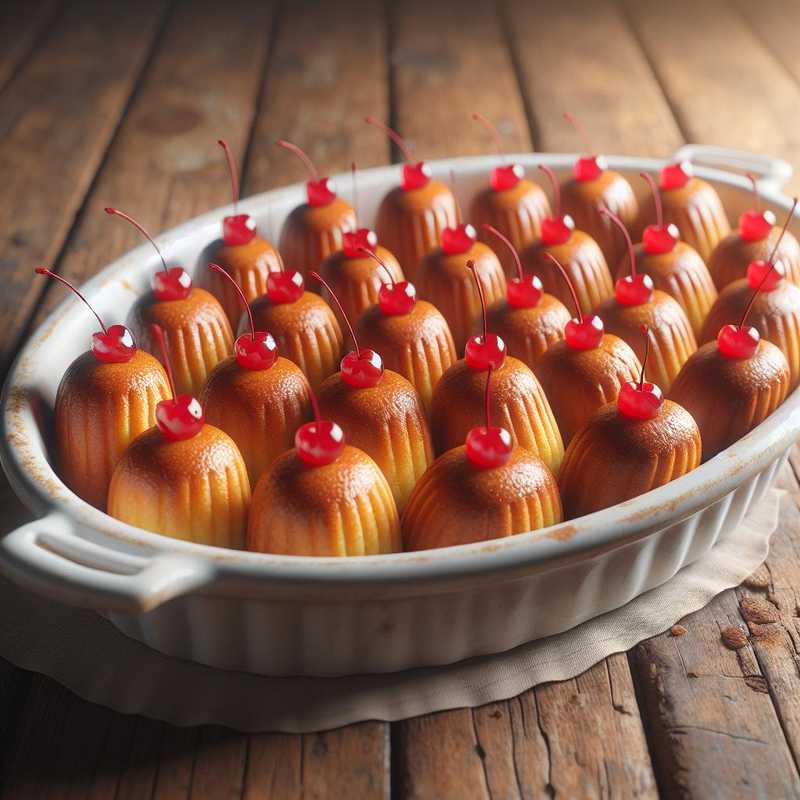Neapolitan Babà
17/11/2023The Neapolitan babà is a widely known and appreciated dessert for its softness and its unmistakable flavor. Here is how to prepare it:
Ingredients
- 250 g of soft wheat flour
- 25 g of sugar
- 15 g of fresh brewer’s yeast
- 80 g of butter
- 3 whole eggs
- 1 egg yolk
- A pinch of salt
- Grated zest of one lemon
- Rum (about 500 ml for the syrup)
- 250 g of sugar (for the syrup)
Preparation
-
Dough: Dissolve the fresh brewer’s yeast in a little warm water with a teaspoon of sugar. Add about 50 g of flour and work until a soft dough is formed. Let it rest covered in a warm place until it doubles in volume.
-
Main dough: Put the remaining flour in a bowl, add the sugar, eggs, yolk, melted butter (but not hot), the pinch of salt, and the grated lemon zest. Knead well, adding the previously prepared leavening agent.
-
Kneading: Work the dough until it is smooth, elastic, and easily detaches from the hands and the sides of the bowl. At this point, cover the dough and let it rest until it has doubled in volume.
-
Shaping: Once the dough has reached the desired volume, work it again and fill the babà molds up to one-third of their height with it. Let it rise again until the dough reaches the edge of the mold.
-
Baking: Bake in a preheated oven at 180 °C for about 20 minutes, or until the babà are golden brown.
-
Rum syrup: Meanwhile, prepare a syrup with water, sugar, and rum. Bring to a boil and let simmer for a few minutes. Remove the babà from the oven and, while still hot, dip them in the rum syrup, making sure to soak them evenly.
-
Serving: Let the babà cool and serve them. It is possible to add whipped cream or custard at the time of serving for an extra touch of creaminess.
Curiosity
The babà has Polish origins but has become a symbol of Neapolitan pastry. In Naples, it is said to have been introduced in the 18th century when the King of Naples and the Two Sicilies, Ferdinand IV of Bourbon, tasted and enjoyed this dessert brought to his court by his French-origin chef, who had in turn learned the recipe from Polish cooks. The addition of rum syrup, on the other hand, is a typically Italian contribution that has helped make this dessert famous worldwide.
